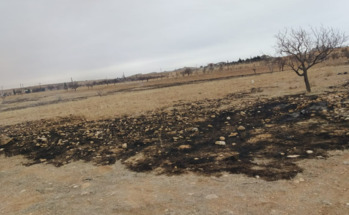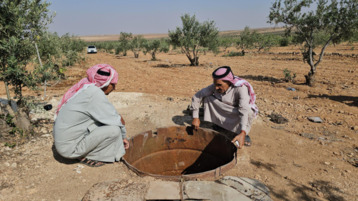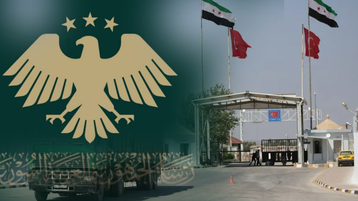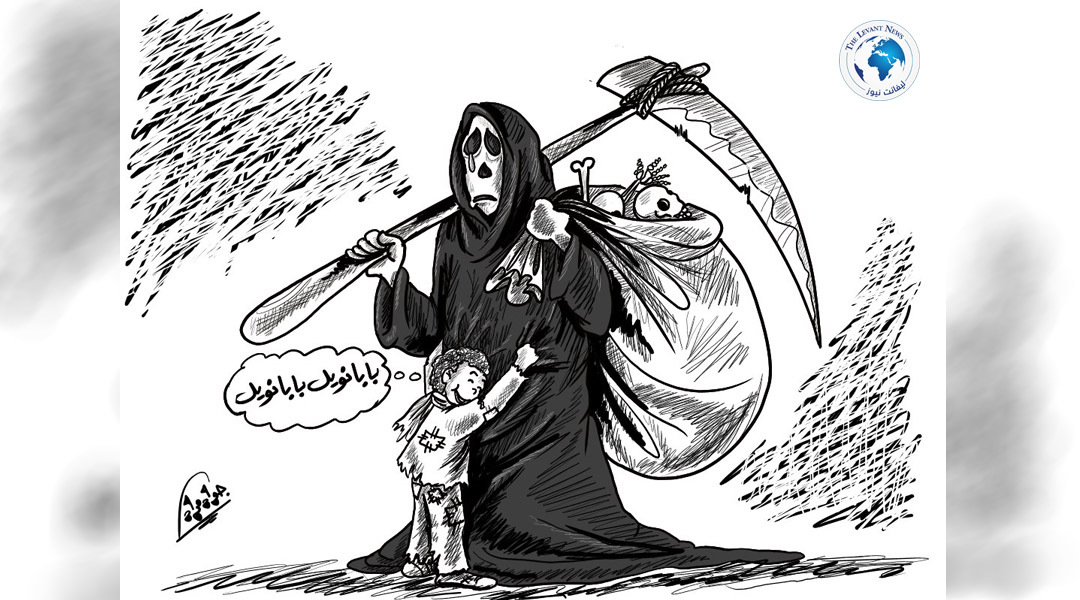-
Iran’s Water and Power Crisis Deepens Amid Scorching Summer and Economic Turmoil

As Iran endures one of the hottest summers in recent memory, the country is facing an intensifying crisis marked by recurring water and electricity outages. These disruptions have paralyzed economic activity and fueled growing public discontent. Amid warnings of dangerous ultraviolet radiation urging citizens to stay indoors, the regime’s failure to ensure basic services has left millions without air conditioning, clean drinking water, or even the ability to bathe.
While Iran is no stranger to summer heat, the severity of this year’s crisis has driven public frustration and despair to unprecedented levels. The regime’s response has not been to provide solutions, but rather to deflect responsibility—urging the population to "conserve more," while ignoring the crumbling infrastructure at the heart of the problem.
Business Closures and Industrial Paralysis
Beyond the human cost, Iran’s economic fabric is unraveling. Prolonged power cuts and water shortages have forced the closure of workshops and small businesses, many of which were just beginning to recover from the aftermath of a recent 12-day war. In the weeks following the conflict, Iran saw a spike in the currency exchange rate. Now, with electricity, water, and even internet access disrupted, producers and vendors are struggling to stay afloat.
On Tuesday, Deputy Energy Minister Ebrahim Sheikh acknowledged the extent of the disruption, stating, “Industrial electricity is being cut off regularly.” He added that power—especially electricity—has become the second most important demand from industrial firms, after working capital. With no solution in sight, many economic units are facing layoffs, wage cuts, and permanent shutdowns. Ironically, this is occurring in a year officially designated as the “Year of Investment for Production.”
Government Orders Shutdowns Instead of Solutions
As the crisis escalates, the regime’s primary response has been enforced shutdowns. In an official statement, authorities announced that due to extreme heat and the need to manage water and electricity use, government offices in several provinces would close on Wednesday, July 23. These include Tehran, Alborz, Qom, Kerman, Fars, Hormozgan, Bushehr, Ilam, Khuzestan, Markazi, Mazandaran, Golestan, Yazd, and North Khorasan. Additional provinces like Semnan and Sistan-Baluchistan either reduced or modified working hours.
While the government framed these closures as precautionary measures, some officials—including the government spokesperson—referred to them as “opportunities for travel and relaxation.” Critics argue this is yet another example of the regime using temporary shutdowns to distract from systemic failures.
Water Crisis Reaches Critical Levels
The crisis is especially severe in the capital region. On Monday, Isa Bozorgzadeh, spokesperson for Iran’s water industry, announced that Tehran and Alborz are among the most water-stressed provinces. The Tehran Province Water and Wastewater Company reported that this year’s drought, combined with five consecutive years of below-average rainfall, has brought the capital’s water supply to its lowest level in six decades.
Major reservoirs supplying Tehran are nearing depletion:
Amir Kabir Dam: only 38% full, down 58% from last year
Lar Dam: just 7% full, down 34%
Latian and Mamloo Dams: at 20% capacity, down 47%
Taleqan Dam: 53% full, down 32%
Tehran depends heavily on these reservoirs. Their rapid depletion spells disaster not only for household consumption but also for sanitation and agriculture.
Expert Warnings and Government Neglect
Experts and academics are sounding the alarm over the regime’s mismanagement. In an interview with Entekhab, Professor Mehdi Ghamishi from Chamran University emphasized the gravity of the water crisis in Tehran and warned of a looming nationwide drought. He urged a temporary suspension of agricultural activities around Tehran to prioritize drinking water supplies.
Ghamishi criticized past administrations for recklessly managing water resources—for example, the unnecessary release of two million cubic meters from the Karun Dam last summer despite drought forecasts. He warned that provinces such as Isfahan and Khorasan are also vulnerable, though Tehran and Alborz remain the most at risk due to their high population density.
Despite these urgent warnings, the regime has taken no significant steps to mitigate the crisis.
Public Protests and Mounting Unrest
The worsening crisis has already sparked public protests. On the evening of Monday, July 21, residents of Sabzevar gathered on Behnar Street to protest frequent power outages that disrupted daily life and forced businesses to close. Videos circulating on social media show demonstrators chanting against the government’s failure to manage the situation.
In Tabriz, widespread blackouts have forced shop owners to rely on generators. A video captured the loud hum of electric motors lining an entire sidewalk—a stark symbol of a city left to fend for itself.
This latest wave of unrest follows similar protests in May, when demonstrators gathered outside regional water and power offices demanding accountability. Yet, despite repeated public pressure, the regime has neither addressed the root causes of the crisis nor held any officials accountable.
A Nation on the Brink
As Iran’s vital infrastructure collapses under environmental pressure and administrative neglect, the country faces a potentially explosive mix of social unrest, economic paralysis, and humanitarian disaster. With no clear government plan and worsening forecasts, many fear that this summer’s heat may ignite more than just drought—it could spark another firestorm of national outrage.
By Faramarz Safa
Tags
You May Also Like
Popular Posts
Caricature
opinion
Report
ads
Newsletter
Subscribe to our mailing list to get the new updates!






















